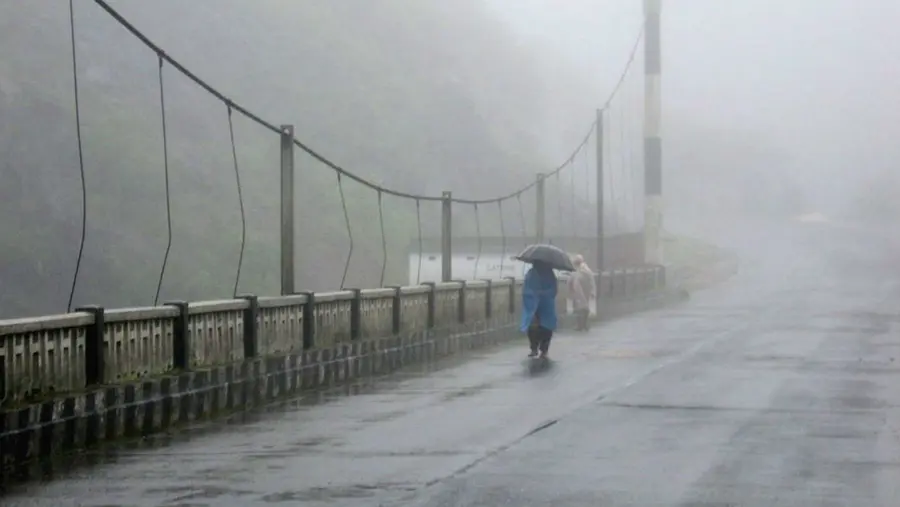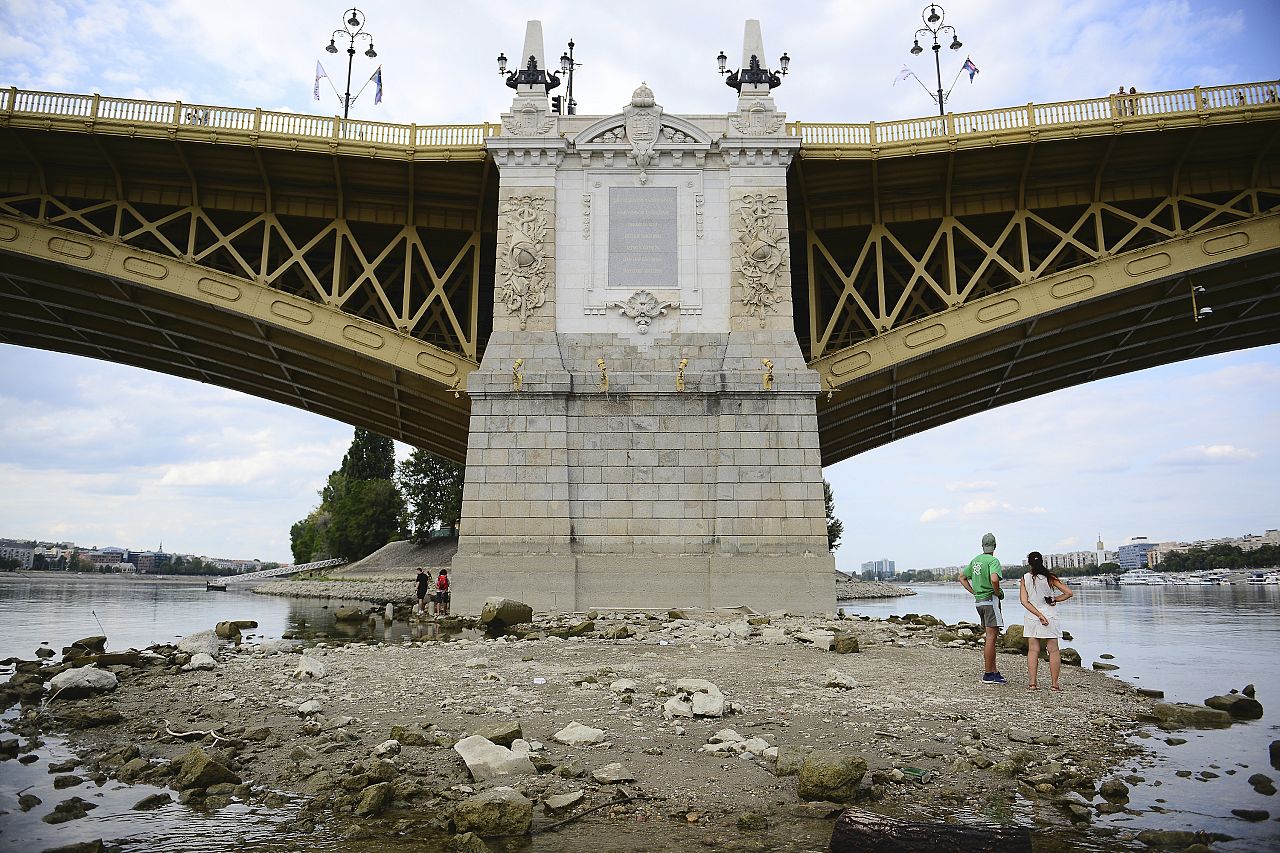The Disrupted Monsoon – Weather Extremes in South Asia: For centuries, the South Asian monsoon has been the backbone of life in the region, influencing agriculture, water resources, and daily life for over 1.8 billion people. Stretching from June to September, the monsoon typically brings life-sustaining rainfalls to countries like India, Bangladesh, Nepal, Sri Lanka, and Pakistan. However, in recent years, this ancient system has shown alarming signs of disruption. Climate change, rising global temperatures, deforestation, and urbanization have combined to disturb monsoon patterns, creating both deluges and droughts — often in the same season, and sometimes within the same region.
Understanding the Monsoon System
The South Asian monsoon is a complex climate system governed by differences in temperature between the Indian Ocean and the Asian landmass. As land heats up faster than water in summer, low-pressure zones develop over northern India and the Himalayas, drawing moist winds from the southwest Indian Ocean. This creates intense rainfall over much of the subcontinent.
Historically, the monsoon has been reasonably predictable — arriving in early June and retreating by late September. The consistency of this pattern has supported traditional farming cycles for millennia. But in recent years, unpredictability has become the new norm.
Patterns of Disruption: Too Much, Too Little, Too Late
The most striking aspect of the disrupted monsoon is its erratic behavior. In some places, monsoon rains arrive early; in others, dangerously late. More worryingly, the rains are increasingly unevenly distributed — resulting in flash floods in one region and prolonged dry spells in another.
India, which receives more than 70% of its annual rainfall from the monsoon, has seen increasing instances of localized floods in states like Maharashtra, Kerala, and Himachal Pradesh. At the same time, regions like Jharkhand, Rajasthan, and parts of Karnataka have suffered severe rainfall deficits.
In Pakistan, the 2022 floods — driven by an unusually intense monsoon — submerged a third of the country, displaced over 30 million people, and killed more than 1,700. On the other hand, Afghanistan and parts of Bangladesh are grappling with frequent dry monsoons, hurting crops and worsening water scarcity.
Climate Change: The Key Culprit
According to the Intergovernmental Panel on Climate Change (IPCC), South Asia is among the most climate-vulnerable regions globally. Rising sea surface temperatures in the Indian Ocean and Arabian Sea are altering wind and rainfall patterns, making the monsoon stronger in intensity but shorter in duration. The warmer air holds more moisture, leading to heavier downpours — often overwhelming natural drainage systems and causing landslides and urban flooding.
Increased Arctic melting and global warming also affect the jet stream and tropical circulation, which in turn disrupt the rhythm of the monsoon. The Indian Meteorological Department (IMD) and global climate models have shown an increasing trend of extreme rainfall events — short spells of very heavy rain — replacing the traditional steady drizzle that once characterized the monsoon.
Impact on Agriculture and Economy
Agriculture in South Asia is still heavily reliant on rainfall, especially in India, where nearly 60% of farmland is rain-fed. Erratic monsoons have disrupted sowing and harvesting cycles, reduced crop yields, and increased dependence on groundwater. In 2023, Indian rice and wheat yields dropped significantly due to an unusually hot pre-monsoon season followed by untimely and patchy rainfall.
These disturbances have broader economic consequences. Food inflation rises with crop shortages, hitting the poorest households hardest. The World Bank estimates that climate-related extreme weather events could push up to 62 million South Asians into poverty by 2030.
Urban Flooding and Infrastructure Strain
Rapid urbanization across South Asia has made cities increasingly vulnerable to monsoon chaos. Concrete jungles with poor drainage systems are ill-equipped to handle sudden cloudbursts. Cities like Mumbai, Dhaka, and Colombo frequently face inundation, transportation paralysis, and loss of lives during peak monsoon months.
In 2024, Delhi saw its highest single-day rainfall in four decades, overwhelming its stormwater systems. Similarly, in Kathmandu and Dhaka, clogged drainage and lack of green cover have amplified the impact of even moderate rains, increasing the frequency of urban floods.
The Human Cost: Health and Migration
Beyond economic damage, the disrupted monsoon has grave human costs. Floods cause waterborne disease outbreaks like cholera, dengue, and leptospirosis. Droughts lead to malnutrition and heat-related illnesses. The combination of extreme heat and high humidity during erratic monsoon periods is a growing public health concern.
Additionally, climate-induced migration is becoming more visible. In Bangladesh, rising sea levels and saline intrusion, combined with monsoon failures, are forcing rural populations to move into already-crowded urban slums. The UN warns of a future where climate refugees will overwhelm city infrastructure and social services.
Towards Solutions: Adaptation and Mitigation
While reversing monsoon disruption is beyond immediate reach, adaptation is essential. Governments are taking steps: India is expanding its weather forecasting infrastructure, promoting crop insurance, and encouraging climate-resilient crops. Bangladesh is investing in flood-resilient housing and early-warning systems. Regional cooperation through organizations like SAARC and BIMSTEC can help create joint action plans for disaster management and climate resilience.
On the mitigation front, reducing greenhouse gas emissions remains key. Transitioning to renewable energy, restoring wetlands, and implementing sustainable agricultural practices can help slow the pace of climate change and reduce the intensity of monsoon disruptions over time.
Conclusion: A Race Against Time
The disrupted monsoon is more than just a weather anomaly — it’s a climate emergency unfolding in slow motion. South Asia stands at a crossroads, where failure to adapt could lead to cascading disasters, but timely action could pave the way for resilience. The monsoon, once a trusted friend of the farmer, now acts with unpredictability. The challenge ahead lies not just in forecasting the rains, but in preparing for the storms they bring — both literal and societal.
Insane Energy Facts: How Solar, Nuclear, and AI Will Power the Future World | Maya




